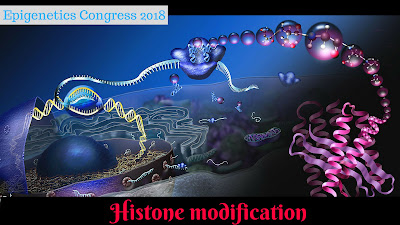Identification of Histone modification using a newly developed Probe
The packaging of nuclear DNA into chromatin maintained the Genomic integrity in living cells and protects it from damage and controls gene replication and expression. Histones are the number one protein components of chromatin and their post-translational adjustments alter chromatin structure and play an essential function in biological methods which include DNA repair, DNA replication, mitosis, and many others. A number of the changes, methylation of histone H4 at lysine 20 (H4K20) exists in 3 states, monomethylation, dimethylation, and trimethylation, each of which has different biological roles and is evolutionarily conserved from yeast to human beings. To deal with this assignment, a group of scientists led by Prof. Kimura from the Institute of innovative research, Tokyo Institute of technology, generated a genetically encoded live-cell imaging explore for sensitive tracking of the intracellular spatiotemporal dynamics of H4K20 monomethylation (H4K20me1). The probe is a single-chain variable fragment in living yeast, mammalian cells, and even multicellular organisms which tagged with a fluorescent protein that demonstrates high specificity for H4K20me1 over dimethylation and trimethylation.
H4K20me1 is mostly linked to the close packing of a redundant (inactivated) woman X chromosome (Xi) into heterochromatin. In a roundworm, Caenorhabditis elegans version, Prof. Kimura, and colleagues showed that the H4K20me1-mintbody can be used to display modifications in H4K20me1 over the cell cycle and localization of dosage-compensated X chromosomes with out disrupting cell characteristic. This analysis also helped in identifying an essential amino acid which is accountable for H4K20me1-mintbody conformational solubility and consequently, purposeful performance using genetic analyses and X-ray crystallography. For that reason, a possible solution to the present problem of restricted solubility of intracellularly expressed antibody fragments because of aberrant folding inside the cytoplasm that limited their use became formulated. Within the future, development of extra mintbodies particular to diverse post-translational histone changes will facilitate the identification of regulatory mechanisms that manipulate Epigenetic modifications.
For more details: https://epigenetics.geneticconferences.com/




Comments
Post a Comment